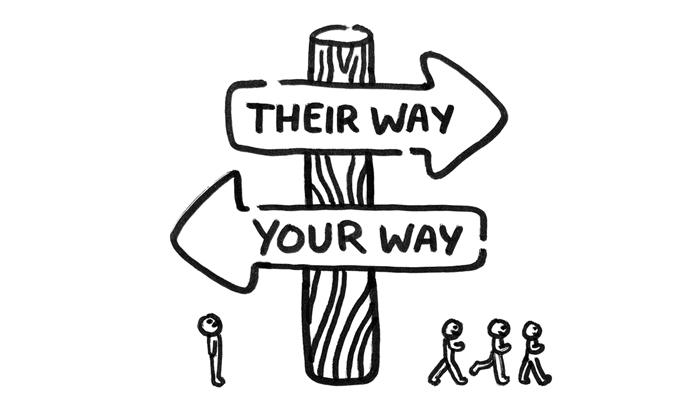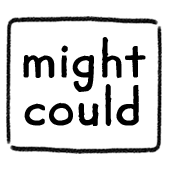
Many artists say they want to “get better at drawing”. Fair enough. I too, want to continually grow and evolve as an artist.
But most artists try to improve their art only by focusing on technique. By taking a class on pencil shading, watching a tutorial on correct watercolor paint application, or studying how other artists create their work.
Those tactics are important and helpful. But I like to argue that the root of art is much deeper than technique and that there’s so much more to our art beneath the surface.
The Investment Theory of Creativity
I recently read about Robert J. Sternberg’s Investment Theory of Creativity. Sternberg is a Professor of Human Development at Cornell University and his theory boils all creativity down to decision making. He likens the decisions a creative person (in our case, an artist) makes to that of an investor. Yeah… like a money investor—stay with me!
The gist is that successful investors buy into companies and ideas when they’re still new and unconventional. That way, when the idea catches on and explodes, they can sell at a much higher price and move on to the next exciting company or idea.
And creatives, Sternberg argues, do the same thing. They don’t follow the mainstream crowd making, doing, and thinking what everyone else does. Artists are the ones who rebel and break the rules. They do their own thing. They imagine and experiment and innovate to create something never seen before.
But t that innovation comes with risk. Sometimes the invested idea proves to be ahead of its time. Sometimes the art is too far removed from what people are ready to embrace. In that case, the investment could be seen as a bust. The investor or artist may have lost money, time, and admiration.
What Makes Someone Creative?
So what makes a person able (or not) to make these creative decisions? Sternberg argues that there is a set of “attitudes toward life that characterize those who are willing to go their own way.”
Is that not the best definition of creativity you’ve ever heard? Those who are willing to go their own way. Brilliant.
Anyways, his list includes attitudes such as a willingness to:
- “Redefine problems in novel ways”
- “Take sensible risks”
- “Sell” ideas that others might not initially accept”
- “Persevere in the face of obstacles”
- “Examine whether their own preconceptions are interfering with their creative process”
Basically, you can boil it all down to the ability to think for yourself.
Do Your Own Thing
And that is the undercurrent of everything I write and teach about, and everything I am interested in. I don’t care about talking about how to draw anatomically correct human bodies or how to create perfect 3-point perspective in your art. If you think that’s important, there’s nothing wrong with studying it.
But I believe, if you want to make art that is satisfying and meaningful (to you and to others), you need something deeper—creativity. You need to learn to think for yourself and do your own thing.
And that’s the good news! Just like drawing technique is a skill that can be learned, creative thinking can be learned too.
Nurturing All Parts of Your Creativity
At the end of his article on this Investment Theory of Creativity, Sternberg briefly mentions something I am very excited to dig more into. He states that creativity is made up of multiple aspects:
- “abilities
- knowledge
- styles of thinking
- personality attributes
- motivation
- environment”
Sternberg says someone can have the “creative ability that would allow for creativity”—for example, they can draw technically well—but without the other attributes, such as risk-taking and environment, their creativity will never truly flourish.
So it’s important we nurture every aspect of our creativity—not just our drawing abilities. Technical skill is just one part of the creativity puzzle.
That’s the space where my brain likes to wander and ponder. How can we, as artists, nurture and grow ALL the parts of our creativity?

